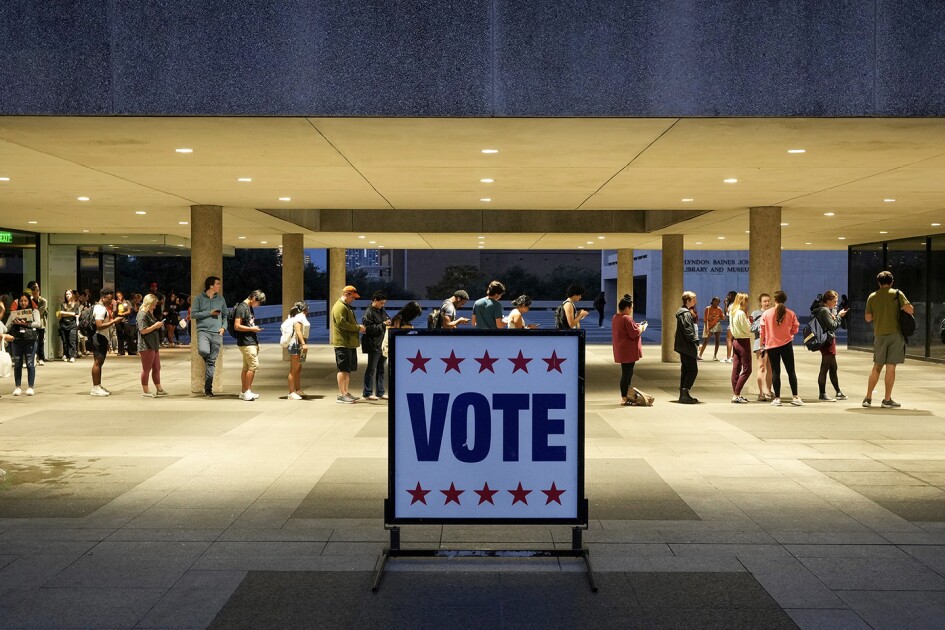Schools can play a more central role in introducing students to the core civic duty of voting.
That's the gist of a new bipartisan guide released this week by the U.S. Department of Education that lists practical steps schools can take to encourage students to participate in elections and help them register to vote before graduation. .
Voter Engagement Toolkit Outlines a bipartisan strategy to support students in K-12 school districts, colleges, and universities.
“Voting is the cornerstone of democracy, and schools and universities play a critical role in helping students become active participants in a democratic society,” U.S. Secretary of Education Miguel Cardona said in a statement.
The toolkit released Monday was created under the Executive Order on Promoting Access to Voting The order asks federal agencies, including the Department of Education, to “consider ways to expand opportunities for citizens to register to vote, obtain information about, and participate in the election process.”
The initiative comes as youth civic groups are emphasizing high school student voter registration and pre-registration for the 2024 presidential election.
“If you have a list of democratic imperatives, add high school student voter registration to that list,” Civic Center Director Laura Brill said in a webinar Tuesday.bipartisan organization Provides schools with resources to encourage student registration through initiatives such as the spring “Cap, Gown, Vote” campaign.
About 50% of U.S. teens live in states that allow pre-registration at age 16, according to a Civic Center analysis. The group estimates that 20% live in states that allow pre-registration at age 17, and the majority of the remaining students will reach voting age before graduating from high school.
More than half of states allow or require high schools to provide voter registration forms and provide student outreach.but past research has shown that many districts in these states are unable to do so.
“When young people register knowing the risks, they are much more likely to register,” Brill said.
The federal toolkit's recommendations for K-12 schools include:
- Administrators should consider how state plans based on the federal Every Student Succeeds Act emphasize civics education and participation.
- District administrators should investigate whether state law allows preregistration. If so, coordinate efforts to encourage students to do so.
- High school principals must designate a staff point person to distribute voter registration materials and provide up-to-date information about deadlines.
- Schools should enable students to plan and conduct voter registration drives for their peers and the broader community.
The new resource also lists examples of state and district initiatives.
For example, the Santa Clara School District in California provides students with resources outlining exercises to help them identify the issues they prioritize when voting and think about how they will develop voting habits in the future. doing.


